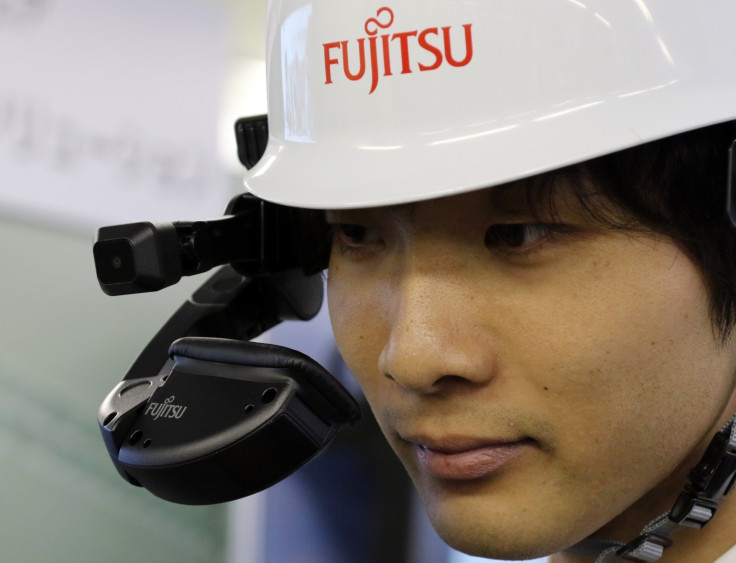Fujitsu creates AI to estimate worker heat stress levels
The technology will help monitor workers and prevent heat-related stress in the summer months.

Fujitsu has developed an Artificial Intelligence (AI) algorithm that can monitor heat stress levels in workers through its 'Human Centric AI Zinrai'. The AI will be able to oversee workers like security guards and others who are susceptible heat-related stress, according to Fujitsu.
This AI will be a part of their digital business platform MetaArc and Internet of things (IoT) technologies to support on-site safety management.
While the algorithm will be ready by the end of July, the company will undertake field trials through September at its Kawasaki plant.
Previously, Fijitsu created wristbands that carried out heat sensing through on-board sensors and was used in construction sites as well as in manufacturing plants to monitor worker "data such as humidity, temperature, as well as increases in pulse".
The new algorithm is designed to specifically estimate accumulated heat stress levels over time, so that it can be applied to people who work outdoors for extended periods.
"In order to estimate the level of accumulated heat stress... the new system uses AI technology to execute machine learning based on expert knowledge," reported the company.
Fujitsu will now accelerate their efforts in safety management support in various industrial settings through their MetaArc platform.
The AI will be able to add to the existing data that includes humidity, temperature and pulse by also comparing the "amount of activity as well as data that shifts over time".
The release went on to explain, "This has enabled the algorithm to estimate accumulated heat stress in the same way that labour science experts would, enabling users to observe the status of individual employees in situations that do not require a great deal of activity, such as security guards who must spend long hours standing in the hot sun."
The company said that the AI has been developed because changes in physical condition vary according to individuals, which makes it difficult to follow uniform processes.
The algorithm makes it possible to "estimate the accumulation of heat stress on a per person basis, to tailor ways to protect people based on individual conditions."
© Copyright IBTimes 2024. All rights reserved.





